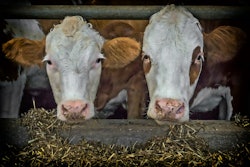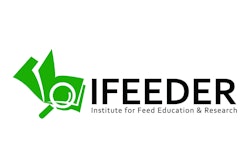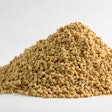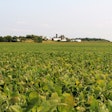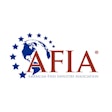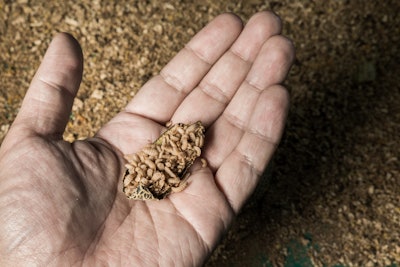
Insect protein is a fast-growing pet food ingredient category. More than US$2 billion has been invested worldwide in insect protein facilities and development in the last several years, according to Aaron Hobbs, executive director of the North American Coalition for Insect Agriculture. Thanks to its growth, novelty and sustainability bona fides, the sector is attracting more and more attention from pet owners and pet food and treat companies, in addition to investors and governments.
During an Ask the Pet Food Pro Zoom chat on June 4, 2024, Hobbs said the North American insect industry recently received US$30 million in grant support from the U.S. federal government. He and Mark Finke, Ph.D., president of consultancy Mark Finke LLC, provided many such points of information and other insights on insect protein while answering audience questions.
One question that prompted a valuable exchange and discussion seemed somewhat basic but also quite important: What specifically are the insects themselves fed?
Feed-grade ingredients only
The three main types of insects being cultivated for pet food are black soldier fly larvae — probably the most well known and used, partially because they’ve been approved for use in dog food in the U.S. and should soon have approval for cat food — crickets and mealworms. The latter two have had ingredient definitions tentatively approved for dog food by the Association of American Feed Control Officials (AAFCO), and most state feed control departments will accept products with tentatively approved ingredients, Hobbs said. “Work is under way to get the same for cat food,” he added.
These approved definitions include requirements for what the insects eat, because, as Finke noted, “They are what you feed them.” And the requirements say those inputs must be feed-grade ingredients, also approved under AAFCO definitions.
For some species of insects, that means by-products from the livestock and human food supply chains, which contributes to the sector’s sustainability benefits in terms of both circularity and sustainable supplies. “We’re not competing with other animals when we’re feeding our insects, we’re not diverting feedstocks; 90% of what we feed our insects are things that other animals [including humans] would not eat,” Hobbs explained.
That includes everything from distillers grains to retail food waste, he added. “So taking food from a grocery store, right, that isn’t still usable for human consumption and feeding that to insects. We have corn from a corn mill, so a by-product from a corn mill. A corn mill does its work, there’s always a little something left, and we feed that to the insects,” Hobbs continued. “So all sorts of agricultural by-products, industrial by-products and then things that are not fed” to livestock animals or people.
Finke cautioned that, with some of these feedstuffs, extra safety measures are warranted. “Some of these species are phenomenally good at accumulating things like heavy metals. So that gives you an additional safety factor to ensure that the downstream product, the insect protein, is not problematic,” he said. With regard to that, it’s always good to ask your supplier if they are testing and verifying for levels of heavy metal, he added.
Crickets — like tiny chickens?
Finke also elaborated on specific feed requirements for the different insect species, explaining that, while they might be able to eat almost anything, the objective (as with any type of agriculture) is to ensure growth. “That’s the challenge, as it is with any animal production system: maximizing your growth with minimal input costs.”
Black soldier flies are most likely to be fed a variety of feed-grade by-products, while mealworms and especially crickets require more specific diets to ensure growth. “Black soldier flies are pretty good at eating almost anything. That doesn’t mean you should feed them anything, but they will grow and flourish on almost anything,” Finke explained.
“I don’t want to speak for every producer, but the typical mealworm diet is something in the order of 80 to 95% wheat midds and another 5 to 15% of brewers yeast or some other growth-enhancing kind of ingredient,” he continued. “Most of the crickets out there are fed a compounded feed similar to poultry feed. Again, those are general comments … but the literature’s pretty clear today that feeding crickets agricultural waste in single ingredients does not generate great growth rates. I don’t want to say they’re tiny chickens, but they’re sort of like tiny chickens!”
The discussion with Finke and Hobbs touched on many other aspects of raising insects and including them as protein in pet food. You can listen to the entire conversation here.





